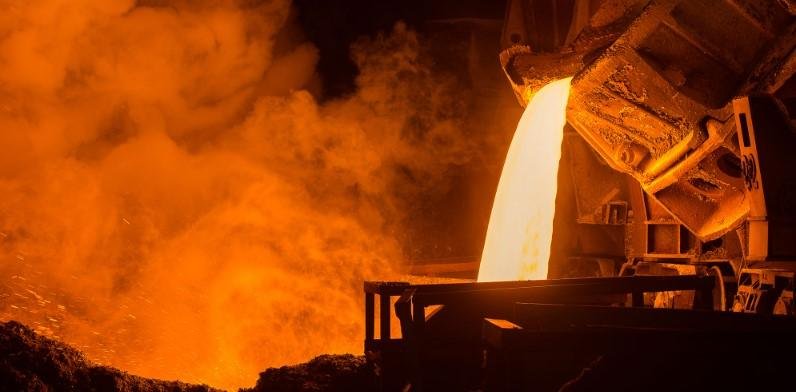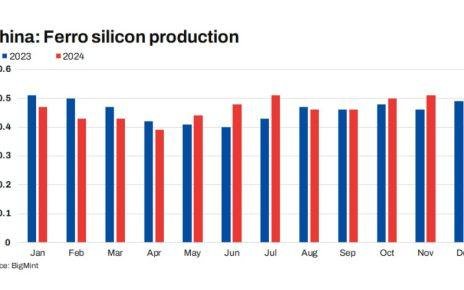
- Law to act as blanket policy for energy sector
- Move to provide direction, boost investments
Mysteel Global: China has passed the long-awaited Energy Law, aiming to boost the country’s transition in the energy industry, Mysteel Global has learned. To take effect on 1 January 2025, the new law fills a legislative gap in establishing a comprehensive regulatory framework for the energy sector, according to Chinese analysts.
The development in this area is systemic and certain issues cannot be addressed solely by individual laws, local media reports quote Chen Xinghua, deputy secretary-general of the Energy Law Research Association of the China Law Society, as saying.
The new law includes nine sections, covering general provisions, energy planning, energy development and utilisation, energy market system, energy reserves and emergency response, energy science and technology innovation, supervision and management, legal liabilities, and supplementary provisions, Mysteel Global notes.
The enactment provides clear direction for the industry and will boost investment confidence, said Wang Peng, executive director of the National Energy Development Strategy Research Institute at North China Electric Power University. For example, the law clarifies the pathway for biomass energy development, dispelling doubts about whether the government supports investment in this area, ChinaNews quotes her as saying.
According to the law, the State Council, China’s cabinet, is required to set medium-to-long goals for non-fossil fuel energy development and utilisation, conduct annual monitoring, and release the results to the public.
China has pledged to raise the share of non-fossil fuels in primary energy consumption to around 25% by 2030, according to an action plan to peak carbon emissions by 2030 issued by the State Council.
As a key component of this commitment, wind and solar capacity was to be raised to 1,200 million kilowatts (kW) by 2030, but by the end of July 2024, data from the National Energy Administration showed that the combined installed capacity of both totalled 1,206 million kW – achieving the government’s target six years ahead of schedule.
Meanwhile, the legislation enshrines mature policy measures into law, solidifying the achievements of power market-oriented reforms, particularly in areas such as defining the boundaries between monopoly and competition, and establishing mechanisms for market-based pricing within power system reforms, according to Fu Zhaohui, deputy manager-general of Planning and Design Institute of Coal Industry.
China has incorporated all coal-fired power into market trading and abolished regulated retail tariffs for commercial and industrial power users, Mysteel Global has learnt. The country plans to establish a preliminary national unified power market by 2025 and at a basic level by 2030.
By far, the bulk of power supply volume in China has been transacted via a medium-to-long-term contract market. On 15 October, the provincial spot market officially came online after fine-tuning during a nearly 1,000-day trial run.
The drafting of the Energy Law began in 2006, with three major revisions made before final approval.
Note: This article has been written in accordance with a content exchange agreement between Mysteel Global and BigMint.



